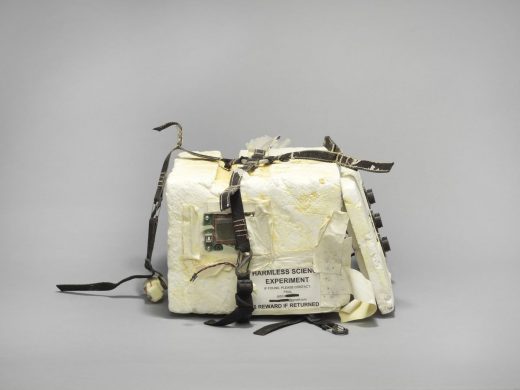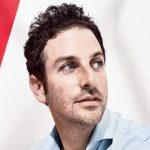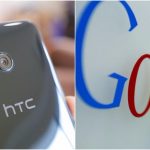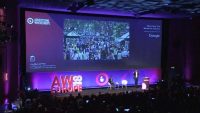The Messy Part Of Alphabet’s Moonshot Factory
Google Makes So Much Money, It Never Had to Worry About Financial Discipline—Until Now
Alphabet’s CFO Ruth Porat wants to bring focus to Mountain View. Can the moonshot factory adapt?
by Max Chafkin and Mark Bergen December 8, 2016,
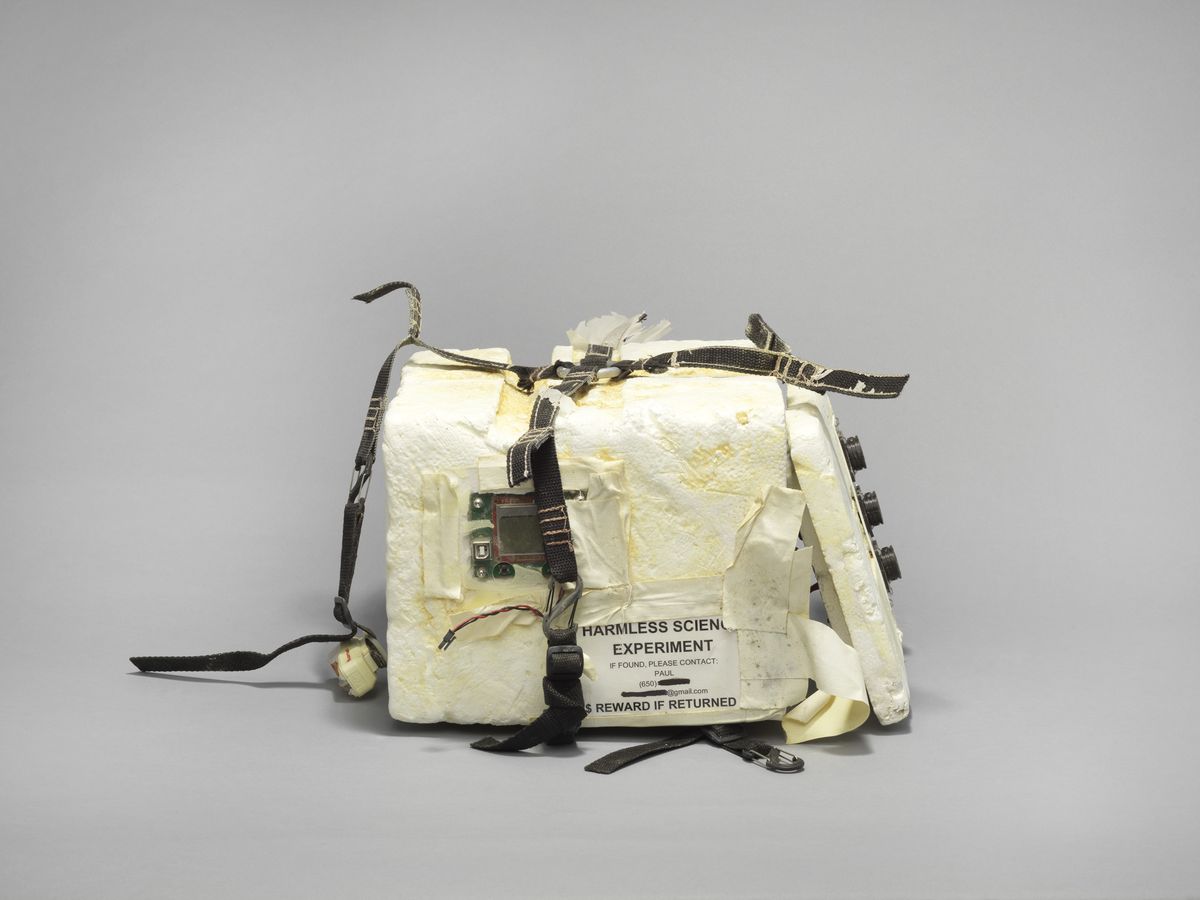
Earlier this year, Astro Teller, a ponytailed scientist and science fiction writer, gave a TED Talk.
It was a first for Teller, but not for X, or Google X, as the research lab he runs used to be known. The lab has been a fixture on the conference circuit for years. In 2011, Sebastian Thrun, X’s founder, took the TED stage and predicted that driverless cars would put an end to traffic fatalities. In 2013, Sergey Brin, Google’s co-founder, showed up wearing X’s wearable computer, Google Glass, and argued that face-mounted devices were a natural successor to the smartphone. In 2015, Chris Urmson, the technical lead of X’s autonomous vehicle program, argued that driverless cars should operate with no human oversight at all. By February 2016 it was Teller’s turn.
“I have a secret for you,” he began, with a self-assured smile. “The moonshot factory is a messy place.”
The comments seemed aimed at a growing sense, among some on Wall Street and within Alphabet, the parent company of Google and X, that Teller was wasting money on crazy experiments. Google spent lavishly to market Glass—the devices were delivered by sky divers at their launch—but the product flopped and was off the market by early 2015. The self-driving car ran into setbacks both literal (fender benders) and figurative (a handful of top Google engineers defected to start their own autonomous vehicle company). Overall, the Other Bets, the belittling term that Alphabet uses to refer to X and other business divisions not named Google, lost about $3.6 billion in 2015, roughly twice what they’d lost the year before.

At TED, Teller attempted to reframe X’s failures as part of an overall strategy that would ultimately lead to breakthrough successes. He cataloged a handful of unsuccessful experiments—robotic vertical farms, giant cargo blimps—before moving on to one of the more promising endeavors, Project Loon. “We’re trying to make balloon-powered internet,” he said.
Loon has long been a favorite of Google founders Brin and Larry Page, according to several former Alphabet executives. The initial plan, they say, was to send 100,000 balloons into the stratosphere—enormous, house-size weather balloons outfitted with transmitters. That massive fleet, plus blimps, drones, and underground cables, would form an all-encompassing worldwide broadband network surpassing anything offered by the traditional telecom companies. “This could bring online as many as 4 billion people,” Teller said at TED, as a wide-angle video of a balloon floating past snow-capped mountains played behind him. He declared the company’s early tests a success. “We’re going to keep going.” The audience applauded.
Six months after Teller’s rousing speech, Loon’s Mike Cassidy stepped down as project leader. Around the same time, Urmson, the self-driving car engineer, left Alphabet, as did David Vos, the head of X’s drone effort, Project Wing. Vos’s top deputy, Sean Mullaney, left the company as well. Other recent departures: Craig Barratt, chief executive officer of Access, its telecom division; Bill Maris, the CEO of its venture capital arm, GV; and Tony Fadell, the CEO of smart-thermostat company Nest, who was also working on a reboot of Google Glass. That project, now called Aura, also lost its leads of user design and engineering.

The architect of this reorganization—known as “Alphabetization” at the ever-sunny Google—was Ruth Porat, the new chief financial officer. Porat, who was born in England but grew up in Palo Alto, led Morgan Stanley’s technology banking division during the first dot-com boom, served as an adviser to the Treasury Department during the bailouts of Fannie Mae and Freddie Mac, and became Morgan Stanley’s CFO in 2010. She joined Google in May 2015 with a mandate to bring discipline and focus to a company so awash in cash that it never needed much of either. She instituted rigorous budgeting and, according to people familiar with Alphabet’s operations, forced the Other Bets to begin paying for the shared Google services they used. Projects hatched with ambiguous timelines of 10 or more years in some cases had to show a path to profit in half the time.
At most big companies, such financial controls are standard operating procedure, and Alphabet’s investors are pleased. Its stock is up 35 percent since Porat joined. But within the Other Bets, Porat’s tenure has been controversial, earning her an unflattering nickname: Ruthless Ruth. “She’s a hatchet man,” says a former senior Alphabet executive. “If Larry isn’t excited about something,” the executive continues, referring to CEO Page, “Ruth kills it.”
Critics, including more than a dozen former top Google executives who spoke on the condition of anonymity because they signed nondisclosure agreements, describe a company having trouble balancing innovation and its core business, search advertising. Over the 12 months ended in September, Google’s ad business accounted for 89 percent of Alphabet’s revenue, or $76.1 billion. As one ex-executive puts it, “No one wants to face the reality that this is an advertising company with a bunch of hobbies.”
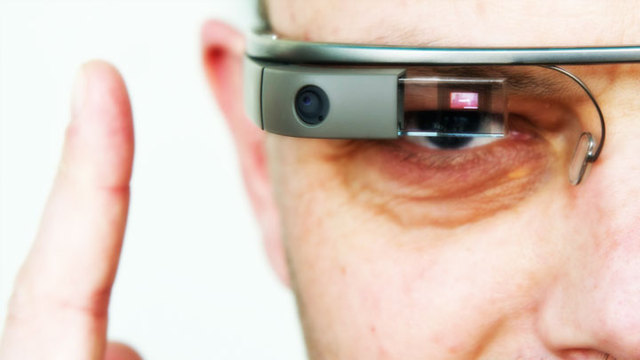
“Google is not a conventional company,” Brin and Page wrote in a letter to investors when their company filed to go public in 2004. “We do not intend to become one.”
The document, titled “ ‘An Owner’s Manual’ for Google Shareholders,” is legendary in Silicon Valley, epitomizing an attitude known at the company’s Mountain View headquarters as “googliness.” In the letter, Page and Brin noted that Google would never focus on short-term profitability and would instead invest in employee perks, such as giving free meals to staff and encouraging employees to spend 20 percent of their working hours on projects of their choosing. The “Owner’s Manual” noted that Page and Brin, who still control Alphabet through a complicated stock structure that gives their shares more voting power than those owned by investors, intended to invest in lines of business well beyond internet search. “Do not be surprised,” they wrote, “if we place smaller bets in areas that seem very speculative or even strange.”
What made all this possible, of course, was money. Behind the quirky, countercultural ethos was a wildly profitable business, with the potential to swallow entire industries. Whereas traditional advertising companies had tried to target audiences based on demographic profiles, Google’s search ads could be aimed at people already interested in a particular product. Its pioneering pay-per-click pricing scheme, AdWords, meant advertisers paid only for ads that worked. The result revolutionized media and advertising, and gave Google a revenue stream that seemed almost limitless. Googlers have a name for its ad business: the “cash machine.” At the time of its IPO, Google was taking in almost $400 million every three months. In its most recent quarter, Alphabet generated $18 billion in revenue and about $5 billion in profit.
But Brin and Page were never particularly enamored of any of this—or rather, they were focused on the business only insofar as it made even more ambitious technological efforts possible. A former Google engineer recalls meeting Page in the late 1990s. “Are you interested in—” the engineer started to ask.
“Yes,” Page said, cutting her off. “We’re interested in everything.”
Over the years, Google’s speculative bets have included the purchases of YouTube and Android, as well as forays into software, hardware, entertainment, telecommunications, and media. In the mid-2000s, Page and Brin decided to create a sort of digital Library of Alexandria by scanning every book ever printed. This was the company’s first “moon shot,” as Google Vice President Marissa Mayer (now CEO of Yahoo!) put it to the New Yorker in 2007.
Partly by design and partly because Page, who became CEO in 2011, is conflict-averse, these new businesses evolved into fiefdoms. Each was dominated by an inspired executive—almost always an engineer—who’d hatched an idea, won the support of Page or Brin, and been provided with vast resources to pursue it. There was so little oversight at X, an early employee recalls, that CFO Patrick Pichette was once unable to enter the building and had to wait outside in the rain. Teller says this is the Google equivalent of an urban legend but doesn’t dispute that access to X is tightly controlled. “I’m sure someone has had a badge problem at some point,” he says.
There was a rationale to this corporate fragmentation. The side projects, known then as “autonomous business units,” often competed directly with Google’s advertising partners, and it seems hard to imagine that a conventionally organized company would have been able to, for instance, start services such as Google Fiber (home broadband) and Project Fi (a cell phone carrier) while also trying to persuade big telecom companies to embed Google software in their devices.
But the fragmentation created a lot of overlap. At one point in 2016 the company had two music subscription services, YouTube Red and Google Play Music; two venture capital groups, GV and CapitalG; two mobile operating systems, Chrome OS and Android; and two advanced research labs, X and ATAP, which Page created in 2014 when he hired the former Defense Advanced Research Projects Agency director, Regina Dugan. (Dugan left Google earlier this year for Facebook.)

All that duplication created tension in part because, former Google employees say, Page tends to ignore employees he’s unhappy with. “Larry’s version of canning someone is to make it as unpleasant as he can,” says a former executive. Eric Schmidt, Google’s former CEO, and Bill Campbell, a board member and mentor to Page, helped smooth out these conflicts. But Schmidt, now executive chairman, started spending more time lobbying for Google in Washington, and Campbell fell gravely ill. (He died of cancer this year.)
In addition to causing internal confusion, the lack of structure made Google’s moonshots harder to explain to the world. Many former X employees blame overexuberance on the part of Google’s marketing division for the hostile reception that greeted Google Glass. With the encouragement of Brin, who ran X at the time, Google struck a partnership with Diane von Furstenberg to put Glass on runway models during New York Fashion Week in the fall of 2012. The following year, Glass was featured in a 12-page photo portfolio in Vogue. The hype heightened the sense of disappointment when Glass was released in 2013. It flopped, earning terrible reviews and prompting physical confrontations between early adopters and, for example, fellow bar patrons who didn’t appreciate having a tiny camera trained on them. The term “glasshole” entered the Silicon Valley lexicon.
Teller hesitates when asked what to make of Glass’s failure. “I think we were right to try,” he says, after a long pause. “It wasn’t obvious at that time whether something like Glass should be attached to Google from a brand perspective or not. That’s something we learned.” He notes that although Glass was marketed to the public as the Explorer Edition, many people assumed it was a finished product.
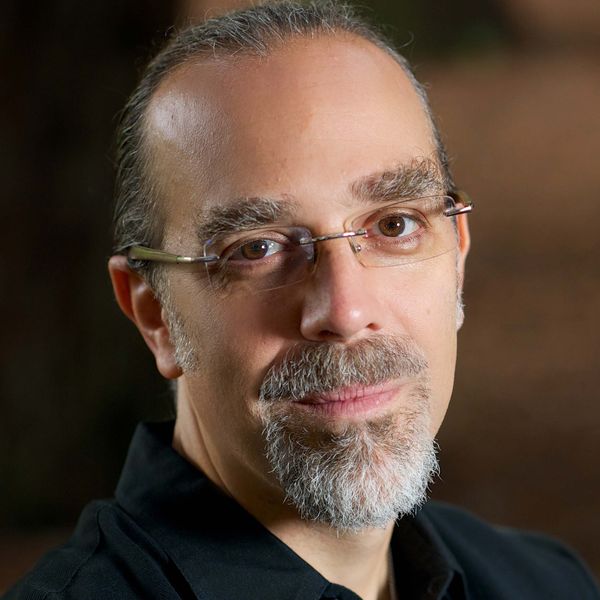
Teller established procedures to avoid similar debacles, including a formal process by which aspiring project leaders would be required to have a credible business case as well as a working prototype in order to continue. “It was a primordial soup where there was all this stuff bubbling, but it was extremely unstructured,” says Obi Felten, whose business card identifies her as “head of getting moonshots ready for contact with the real world.” (Titles at X tend to be extremely googley.) X began paying bonuses to executives who killed their projects before expenses spiraled out of control, and it halted development on at least one that had already been greenlighted. The effort, known internally as Tableau and championed by Brin, had been a plan to create gigantic TV screens.
As X retrenched, Page went into an exploratory mode of his own. Starting in 2014, he began handing off day-to-day responsibilities at Google to Sundar Pichai, a longtime product executive, and assembled a small, internal think tank. The group operated in secrecy—staff members at X who caught wind of it began calling the unit, derisively, Google Y. Page called it Javelin. The Javelin team kicked around ideas, including a plan to mass-produce skyscrapers and another to create a “smart city,” which became Sidewalk Labs, a startup run by Dan Doctoroff, the former CEO of Bloomberg LP.
But a secondary purpose of Javelin, according to two people who worked on the unit, was to solve the fiefdom problem once and for all. Page’s idea was to establish “a federation of Googles,” one of the people says. He wanted standalone companies so that budgets, business models, and branding could be planned and executed independent of Mother Google.
Without any warning, on the afternoon of Monday, Aug. 10, 2015, Page released a letter to investors and the public. He introduced Alphabet, a new holding company. Google and the Other Bets would be subsidiaries, each with its own CEO. “Alphabet is about businesses prospering through strong leaders and independence,” he wrote. “The whole point is that Alphabet companies should have independence and develop their own brands.” Alphabet would also begin reporting Google’s earnings separately each quarter, meaning that investors would finally know how much money X and the Other Bets were losing and exactly how profitable the Google cash machine was. At the end of the letter, Page attempted a joke. “Don’t worry,” he wrote, “we’re still getting used to the name too!”
Alphabet’s earnings reports have laid bare just how healthy Google was under Pichai. In addition to double-digit revenue growth in its ad business over the past year, Google has unveiled a promising new assistant to compete with Amazon’s Echo and has beefed up its cloud-services division. “More information is always better for investors, because you hate to invest in black boxes,” says Dan Niles, founding partner of AlphaOne Capital Partners, an investment management firm that holds Alphabet stock. But, Niles adds, “the real key is that they brought in Ruth Porat.”

Almost no one saw the change coming. Most senior executives found out that morning. “It was mind-blowing,” says Rich DeVaul, who serves as “director of rapid evaluation and mad science” at X. He’d helped start Loon and, by 2015, was in charge of vetting moonshots, which means he has the Google equivalent of top-secret security clearance. He talked with Brin and Page most weeks. And yet, he says, “I had no idea they were going to do that.”
At many of the Other Bets, the change was seen as a violation of googliness. Two years earlier, for instance, Google had spent $3.2 billion to buy Nest, explaining the acquisition as part of a plan to create an ambitious hardware division led by Fadell, the former Apple engineer known for building the original iPod prototype. According to two people close to Nest, the company was initially promised wide latitude to create products, as well as a budget that would allow it to lose as much as $500 million for each of the next five years. Fadell told Bloomberg News when he departed in June that he’d begun thinking of leaving at the end of 2015, shortly after Alphabet’s formation. People familiar with his thinking say he blames budget constraints imposed by Porat that limited Nest’s scope. Another person close to Nest disputed the $500 million figure.
Google Fiber, which Brin had a big hand in starting, was also targeted for cuts. The service won solid reviews, and its CEO, Craig Barratt, a former semiconductor entrepreneur, was given control over a half-dozen other Google projects known as Access and Energy. Barratt’s sprawling portfolio included green power operations, projects to develop wireless routers for homes, and a plan to lay fiber-optic cable in sub-Saharan Africa. “Craig thought he had a chance to be like Buckminster Fuller and reinvent the world,” says a former Googler.
Alphabetization reduced Barratt’s domain to Fiber, which he tried to expand, announcing plans to bring Google’s internet and cable-TV service to more than a dozen cities. But seeking permits to lay fiber is time-consuming and digging holes expensive. Former employees say Page became frustrated with Fiber’s lack of progress. “Larry just thought it wasn’t game-changing enough,” says a former Page adviser. “There’s no flying-saucer shit in laying fiber.” In October the company announced that it was dismissing around 130 staffers and halting the expansion of the fiber network in eight cities. Barratt resigned that same day.
These changes have prompted many in Silicon Valley to accuse Page of bowing to investor pressure—in other words, of acting like a CEO of a normal, publicly traded company. “It definitely looks like a more conventional company,” says Randy Komisar, a partner at Kleiner Perkins Caufield & Byers. “It’s the classic GE conglomerate model,” he says, comparing Page to Jack Welch, famous for turning General Electric around by shedding research divisions and slashing costs. To Wall Street ears, that might sound like a compliment, but it surely isn’t meant as one. Komisar describes Porat’s focus on expenses as a positive development, but adds, “I just hope that Larry and Sergey keep financial discipline from swallowing innovation.”
Alphabet declined to make Porat, Page, or Brin available for an interview, but in October, during the company’s most recent earnings call, Porat defended Alphabet’s increasingly rigorous approach to innovation. “As we reach for moonshots,” she said, “it’s inevitable that there will be course corrections along the way.” She spoke of “taking a pause” in some areas of business to “lay the foundation for a stronger future.” During the third quarter of 2016, Alphabet spent $3.6 billion on research and development—an enormous amount of money and 11 percent more than Alphabet’s R&D outlay in the same period in 2015. The Other Bets lost $865 million. Those would represent massive commitments to new businesses at any company other than Alphabet.
In an interview at X’s headquarters, where Page’s and Brin’s offices are also located, Teller is emphatic that Alphabet is still an engineer’s paradise. Wearing several earrings, two hair scrunchies, Rollerblades, and a shirt with a pattern that improbably combines paisley and plaid, Teller describes a “delicate balance” between discipline and freedom, disputing the contention that the Other Bets have been subjected to unwanted scrutiny from Porat and denying that they’re losing steam. “You can’t flog people into innovation,” he says. “But you can’t just take your hands off the wheel, either.”
Cuts to X have in many cases been necessary, he says, citing as a case in point Google’s recently shuttered robotics division. Code-named Replicant and run by Android founder Andy Rubin, the division comprised 11 companies that Google acquired in 2013. After taking over Replicant from Rubin, who left at the end of 2014, Teller disbanded it. “There’s not going to be a robotics group,” he recalls telling his new staff. “You’ll define yourself by the problem you’re working on. Robotics is a tool, it’s not a problem.” (Alphabet put the largest piece of Replicant, Boston Dynamics, up for sale last year. The company, which develops bi- and quadrupedal all-terrain robots, has yet to find a bidder.) Teller has added a full-time CFO for X, Helen Riley, a veteran Googler who worked under Porat during Alphabetization. Porat meets with Teller regularly and serves alongside Page, Brin, Schmidt, and Alphabet’s chief legal officer, David Drummond, on a committee that decides whether to approve or kill a moonshot.
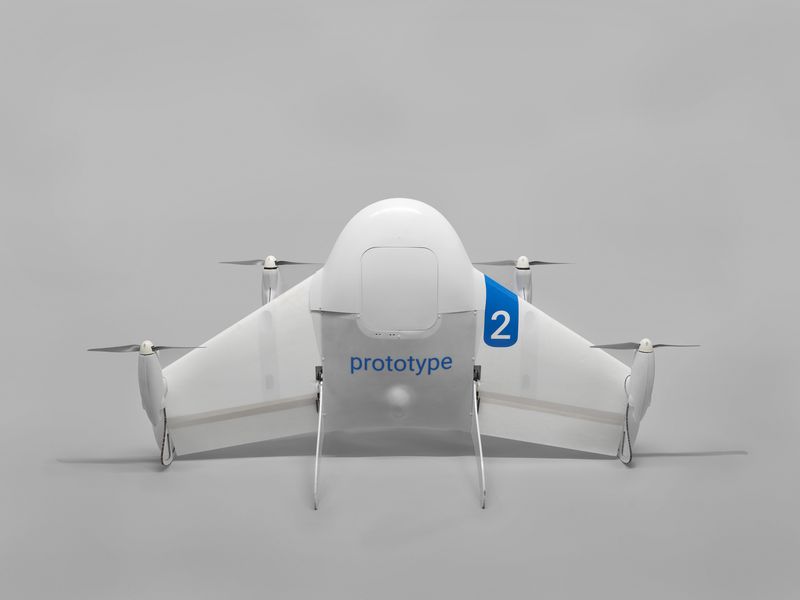
“Let me draw you a picture we frequently draw for ourselves,” Teller says, swiveling his chair to face a whiteboard and grabbing a magic marker. He writes “progress,” draws a line through it, and then writes the word again above a dollar sign. The point, he says, is to pursue innovations that are worth the money. The flying saucers will have to pay for themselves. “If you work for me, you better understand that,” he says.
The Loon project, which is now being led by Tom Moore, a former vice president at the satellite company ViaSat, is still alive. “If you want to work on the great, big, hard problems,” says DeVaul, the Loon co-founder, “I don’t know of anybody else in the world who takes those problems as seriously as we do.” By his description, Loon’s progress has been remarkable. Two months after joining Google in 2011, DeVaul was tracking and recovering helium balloons in California’s Central Valley, several hours east of Mountain View. Not long after, he added the payload, a tangle of wireless equipment packed into a small Styrofoam beer cooler. “Harmless science experiment,” a note on the outside read. “If found, please contact Paul.” The note included a phone number with a San Francisco area code. Paul was Paul Acosta, one of six Loon engineers.
Today, the Loon labels have more formal language, and there are phone numbers with a dozen different country codes on each device. The team—more than 100 strong, according to a former employee—works in a laboratory complex that includes an enormous darkroom, where the used bladders are cut up and photographed on a 65-foot light table so inspectors can look for microscopic tears. In another room, air traffic controllers monitor the dozen or so balloons in the air.
In a picnic area just outside, X engineers pick at seared tofu, while a few feet away, whirring drones take off and land, and self-driving cars shuttle in and out of a parking garage. Nothing out of the ordinary by Googleplex standards. “If we’re working on a really huge problem,” says Teller, “that motivates people to come here, and it motivates them to stay. That’s very real. That’s not a marketing thing for Google. It’s why this place works.”
(90)

